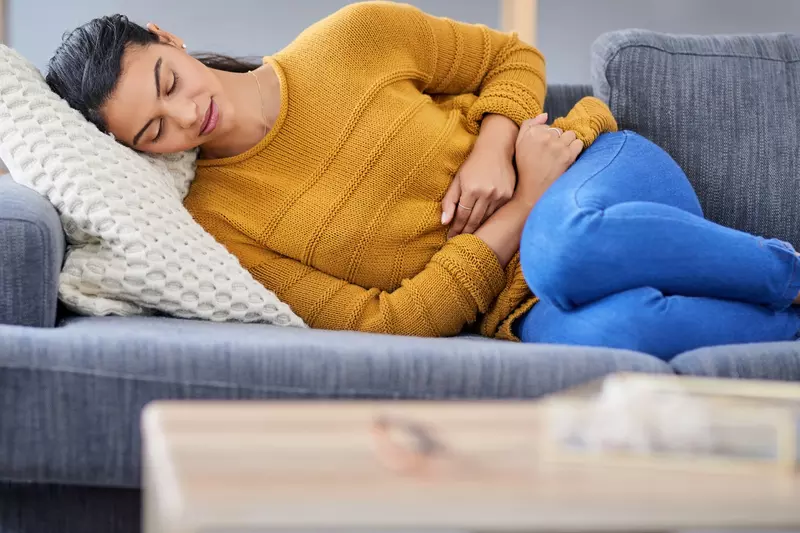- AdventHealth

While one in every 10 women between the ages of 15 and 44 experience endometriosis, most don’t realize that severe pain during their periods isn’t normal. For many women, the path to finding effective relief is met with great challenges. "But, there is hope," notes Steven McCarus, MD, a nationally renowned gynecological surgeon at AdventHealth for Women.
Endometriosis Explained
Endometriosis is a condition that occurs when the lining of the uterus (called the endometrium) grows outside of the uterus. Endometrial tissues may grow in the fallopian tubes, around the ovaries, or in other areas of the abdomen. Even though the endometrial tissue grows outside the uterus, it acts just like it would while in the uterus. During your menstrual cycle, the tissue gets thick, then sheds and bleeds. Since there is nowhere for the blood and lining to go, it stays in your body irritating the cells around it. The irritated cells can form scar tissue and adhesions that cause your pelvic organs to stick together.
You’re Not Alone
“Endometriosis is a very common, yet completely misunderstood, disease," explains Dr. McCarus. “It affects women in the prime of their life in reproductive years, interfering with attempts to live an active and healthy lifestyle, fertility, and interpersonal relationships."
Symptoms
Endometriosis can be very painful and worsen during your menstrual cycle. The pain may even get worse over time, with every period you have. You may also experience other symptoms, such as:
- Bloating
- Constipation or diarrhea
- Fatigue
- Heavy bleeding during periods
- Infertility
- Pain when you use the bathroom
If you have heavy, painful periods, it’s important to talk with your doctor about the possibility of endometriosis since early detection may help you achieve better outcomes.
“It’s important for women and providers to realize that diagnosing and aggressively treating endometriosis early can help women prevent surgery. We need to find and treat endometriosis in the earliest stages, not ignore it to the point at which surgery is mandatory,” Dr. McCarus says.
Diagnosis and Treatment
If you have symptoms of endometriosis, your doctor may order a diagnostic test like an ultrasound or magnetic resonance imaging (MRI) to look for signs of endometriosis in your pelvis, or recommend laparoscopy, a minimally invasive surgical procedure, to detect it.
“Recently, medical therapy with a gonadotrophin-releasing hormone (GnRH) agonist has been approved by the FDA to reduce moderate to severe pain associated with endometriosis. I’m seeing great success in many women that are being treated with this therapy,” says Dr. McCarus.
He continues, “As we understand the inflammatory association with endometriosis and known cellular differences between uterus and endometriosis it is incumbent on us to treat the disease more aggressively with medical therapies that decrease estrogen production. Endometriosis is a known estrogen-dependent disease.”
Dr. McCarus believes surgery should be a last treatment with medical therapies being tried initially, but notes that it is an option for many patients. "With state-of-the-art surgical suites and technology, we can use minimally invasive techniques while offering better outcomes for the patient in reducing long-term pain,” he says.
About Dr. McCarus
Steven McCarus, MD, FACOG, is a board-certified and internationally recognized OB/GYN surgeon and the Chief of Gynecological Surgery at AdventHealth Celebration and Winter Park. He is known for his development of the McCarus Hysterectomy Technique, which physicians routinely travel from across the country to learn from him. Dr. McCarus specializes in treating complex gynecologic conditions such as abnormal uterine bleeding, advanced endometriosis, infertility, menopausal symptoms, pelvic adhesions and pelvic organ prolapse, urinary incontinence and interstitial cystitis, uterine fibroids, and painful bladder syndrome. To schedule an appointment, call our Women’s Health Navigator at Call407-720-5191.



